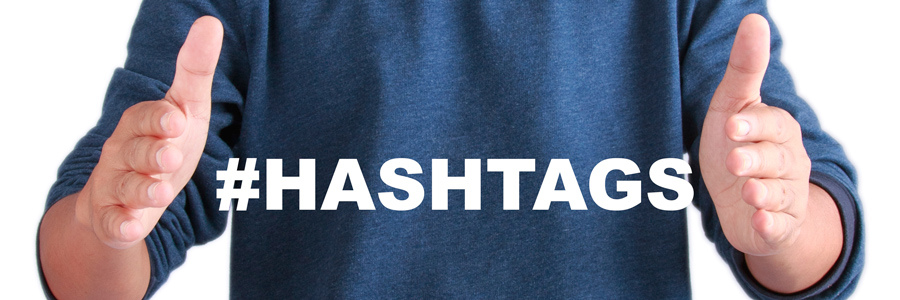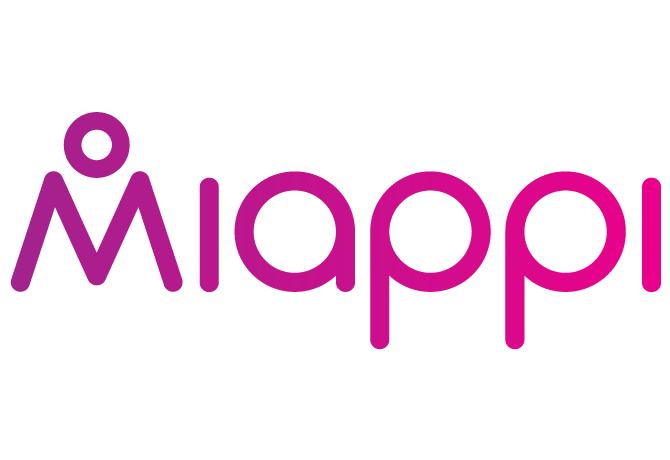How to Create a hashtag and avoid Common Mistakes Brands Make

Deciding on a perfect hashtag these days is a complicated process. Unfortunately, a lot of brands really don’t think things through when they attempt to come up with appropriate hashtags. And this causes a lot of heartache.
Once a huge amount of work has gone into a project you expect to see great results. And if you fail, the hashtag gets hijacked and the brand get ridiculed. You don’t belive us? Check the funniest hashtag fails that didn’t work out as expected.
5 Tips on How to Create a Hashtag on Twiter, Instagram and on Facebook
Getting your hashtag right in the first place is still you’re best starting point! Here are some common mistakes that brands make when creating hashtags, and how to avoid them:
-
Do your research
If you haven’t experienced epic hashtag fail before then you may question why choosing the right hashtag is such a big deal. If you don’t do your research, and think your choice through carefully, you could end up having an exhausting amount of irrelevant rubbish in your social media feed.
Tip 1: Do your research, study best examples of hashtags, learn why they succeeded.
-
Make it short and snappy
Usually, when it comes to hashtags, the general rule of thumb is the shorter the better. One big mistake brands make is choosing a hashtag that’s a mouthful to say, or so long that it’s difficult to remember or spell. Long hashtags use up your character count and usually aren’t snappy enough to grab people’s attention. #longhashtagsaredullandfartoomuchefforttotype
Tip 2: Try and choose a short, snappy hashtag where possible. Too long hashtags can be confusing and hard to read.
-
Make sure people know what you mean
If people can’t instantly understand what your hashtag means, then they will move on to something else. They certainly won’t bother to type it if they don’t understand it. Confusing hashtags get lost in translation.
Tip 3: Try and keep it simple and don’t over-complicate hashtags, go for something snappy that can easily be related to your brand.
-
Stand out from the crowd
Stealing someone else’s hashtag is a bold move, and it probably won’t do your business any favours. Instead of blending in with other hashtags, you want to stand out from the crowd. Many brands have made the mistake of selecting a hashtag that is already being used a lot.
Tip 4: Check that the hashtag you have in mind isn’t connected to another brand, message or product before you use it. Avoid choosing common hashtags.
-
Don’t leave field for misinterpretation
Misinterpretation is probably one of the worst mistakes that brands make when creating hashtags, or at least the most damaging. Sometimes, without even realising it, you can create a hashtag that could be misinterpreted and seen as inappropriate.
Perhaps the most epic fail so far was by Susan Boyle’s PR team, when they attempted to celebrate her new album launch with the #susanalbumparty. In a close second, Research In Motion and their #RIMjobs hashtag.
Tip 5: Watch out for hashtags that can be used in a negative way. Think outside the box and imagine how someone might be able to sabotage your hashtag. Make sure your hashtag represents your brand values, and if you are going to use an acronym, check it doesn’t have another meaning.
So what happens when you choose the wrong hashtag?
As soon as people see the opportunity to exploit a hashtag they will jump on the bandwagon. For example, when McDonalds used the hashtag #McDstories, people used it to ‘discuss the fast food chain’s poor practices, unsanitary conditions and the unhealthy nature of their products.’ Quantas also tried to use the hashtag #QantasLuxury, but people used it to point out the exact opposite and criticise the quality of the airline. Not exactly the charming stories they were looking for.
Clogging up your social feed with random posts
Hashtag content really comes into its own when it’s displayed as part of a social wall, and if your hashtag choices were less than stellar, Miappi’s moderation and curation features can help you to keep things moving in the right direction, hiding all the bad stuff and cherry picking the best bits. So no matter who has tried to hijack your hashtag, you can turn your social media UGC into something that features only the most relevant content.
Here are some examples of brands getting hashtags wrong.
Conclusion
After all is said and done and you’ve followed those helpful tips, you’d probably also need to consider that when creating a hashtag, the network is of paramount importance. People interact differently in Twitter for example than they interact in Facebook when it comes to hashtags. Instagram on the other hand is probably the network (out of those three at least) that people use hashtags the most, to an extent that some posts can be perceived as spammy from brands! With that said, different rules apply when you need to create an Instagram specific hashtag, a Twitter specific hashtag and a Facebook specific hashtag. We’ll be putting together a separate post that delves into more detail so stay tuned!




